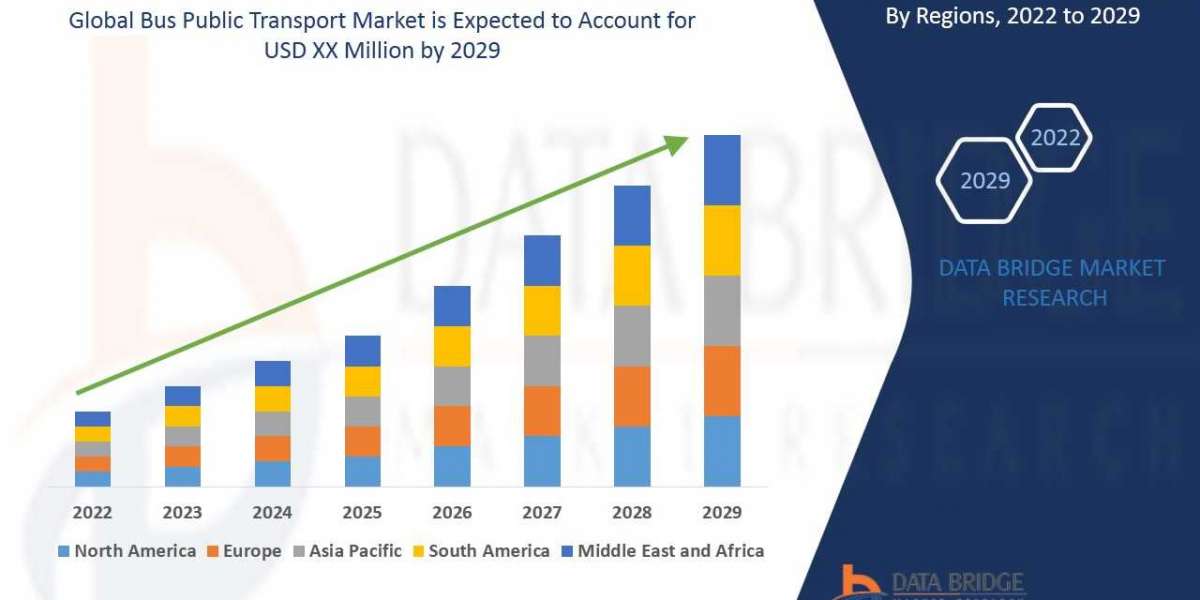The food and beverage industry of the present era is one of the most dynamic industries that have witnessed significant changes in recent years due to factors such as changing consumer preferences and technological developments. Another significant development that has been observed in the recent past is the use of electronic menu board or the digital menu boards. They are gradually phasing out conventional static signs and are now transforming the methods of interaction between eating places and their clients.
What Are Electronic or Digital Menu Boards?
Digital menu boards are simply screens in the form of LED, LCD or projection that provide the restaurant menu in a more appealing way and in that can be changed easily. While the printed boards are limited to displaying the menus, offers, nutritional values, images and even videos but digital boards are capable of displaying live content.
These boards are digital signage boards that can be controlled through a software interface, which enables businesses to update the menu remotely, set the time for changing the prices or special offers, and many more. Digital menu boards have become increasingly common in fast food joints, coffee shops and even in other restaurants and other eateries.
Benefits of Digital Menu Boards
- Enhanced Customer Experience
Using digital menu boards makes the experience more appealing to the customers due to the attention that it garners. More so, with high-definition images, animations and video content food items appear more attractive, which plays a great role in changing the consumers’ decisions. This makes it easy to differentiate between the products and ensures that the fonts are readable, which assists the customers in making their decisions quickly, thus enhancing the flow of service during rush hours.
- Real-Time Updates
Another advantage that is associated with the use of digital menu boards is the fact that it is easy to edit the content. Due to the cloud-based nature of the system, all the restaurants’ menus can be modified with options, prices, and the introduction of limited-time offers in all the outlets at the touch of a button. This is particularly suitable for use in companies that frequently update their menus or have special offers that are time sensitive.
- Cost Efficiency Over Time
However, the cost of installing electronic menu boards may be slightly higher than that of printed signs, but the benefits that come with it in the future are enormous. Restaurants and other businesses do not have to reprint new menus or posters every time they are making some changes. This also helps with saving costs and is environmentally friendly since less paper is used and more use of electronic communication is encouraged.
- Increased Upselling Opportunities
This is because digital menu boards can be used to make suggestions or place high-margin products, combination offers, or limited time offers. In this way, by design and motion graphics, the attention of customers is drawn to the products with high profit margins, thereby increasing the average check.
- Brand Consistency
In multi-location franchise and chain restaurants, it is essential for them to be consistent with their brands. Menu boards make it easier for all the outlets to have the same brand image, design and promotional offers which enhance the brand image.
Key Features to Consider
Some of the aspects to consider while using digital menu boards are:
- Screen Quality: The screens used should be high brightness and should not be affected by glare which is common when the screen is used outdoor or drive thru.
- Content Management System (CMS): A CMS allows for easy updating, timing of updates, and ways to update the content.
- Connectivity: The menu board should be compatible with the POS systems and inventory management systems to ensure it is always up to date.
- Durability: The screens in commercial places such as kitchens or drive through should be strong and withstand heat, moisture and acts of vandalism.
Applications Beyond Restaurants
Digital menu boards are most frequently used in QSR; however, the use of such boards is gradually spreading to other segments as well.
- Corporate and School Cafeterias: To advertise the meals for the day, nutritional values or to convey an alert on any food allergy.
- Cinemas and Entertainment Venues: To showcase snack menus, showtimes, and combo deals.
- Convenience Stores and Fuel Stations: For the sale of hot foods, beverages and other specialties during certain periods of the year.
The Future of Menu Boards
It is projected that as technology advances, digital menu boards should become smarter. AI integration with data analytics can include such features as offering menu recommendations depending on the client’s profile or the weather or traffic situation. There are also likely to be voices interaction, the use of touchscreen for ordering food, and facial identification in the restaurants, thus improving communication with clients.
Besides, the problems of sustainability and the increase in the cost of production are forcing more and more companies to abandon the use of paper signs in favor of digital ones. The governments and industry bodies are also playing their part by either recommending or sometimes mandating the online display of nutritional information that is also helping in the same cause.
Conclusion
Innovative and digital menu boards are not just a technological advancement but a way of getting more customer value, increasing sales, and improving operations. As consumers’ demands change and digital transformation becomes imperative in today’s world, businesses that adapt to digital signage will be able to better adapt to the market and prepare for the future.
If you are managing a small café or you own a restaurant chain across the country, incorporating digital menu boards can be the most strategic decision that will revolutionize your business, enhance your profits, and make your customers happy.














